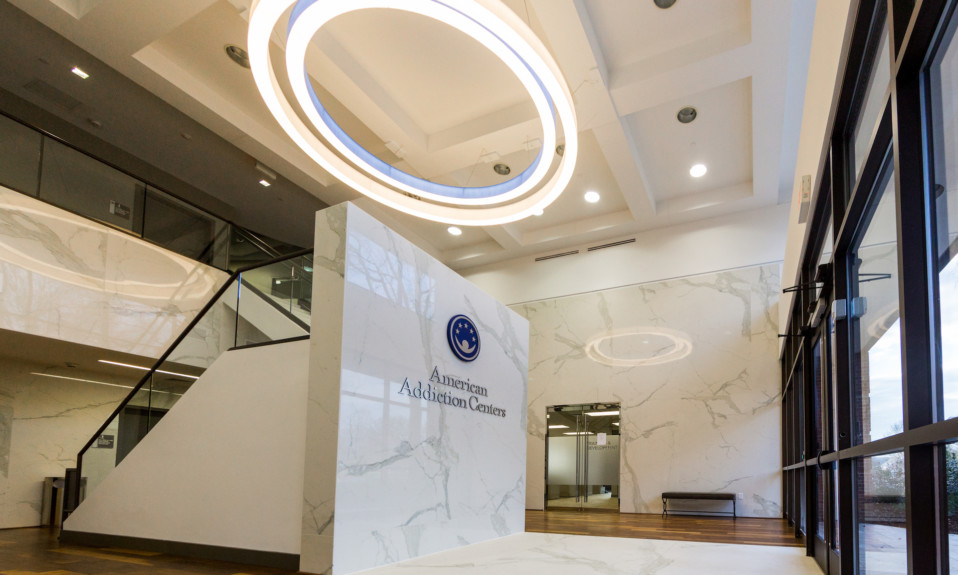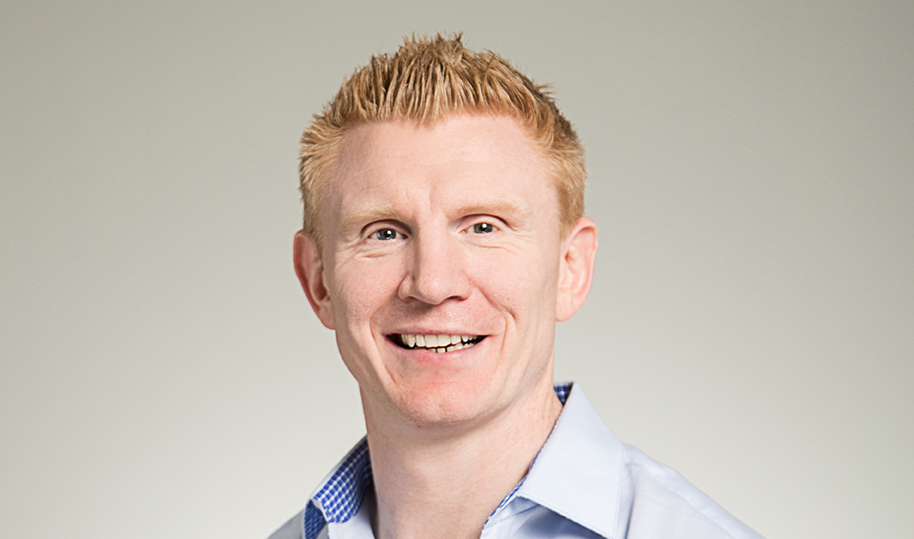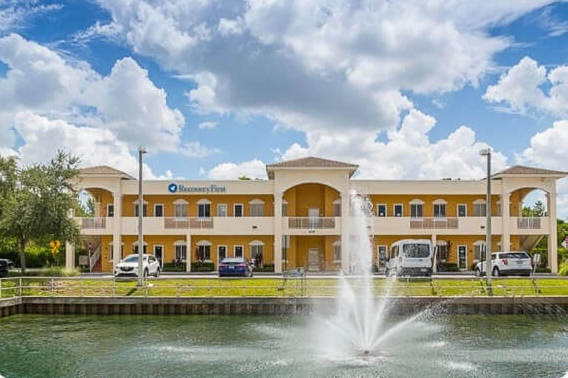AAC is an established name with a new face at the top, a new strategic vision and a new energy behind its mission to be a leading provider of addiction treatment
By Mark Mravic
In the summer of 2020, American Addiction Centers was at a crossroads. Buffeted by financial difficulties and struggling to keep up with seismic shifts in the treatment industry, the once-high flying company—the first addiction care provider in to be publicly traded on Wall Street—entered Chapter 11 financial restructuring. It was clear that new thinking was needed—a new financial structure and strategic vision and some new faces to break with the past and embrace the challenges of a field where demand and competition are both sharply rising—but one that called for a compassionate and evidence-based approach centered on patient outcomes.
Two years later, American Addiction Centers (AAC) appears to be in just such a position. Since completing its restructuring in December 2020, it has transformed its relationship with payers, shifted its strategy from a national to a focused regional model and is enhancing the outpatient and virtual programs that have recently proven to be so vital and effective. Strong leadership, engaged staff and the voice of the client are key elements driving the company’s new era. The goal is to make AAC—with its 21 facilities and some 2,000 employees, treating more than 13,000 patients a year—the treatment center of choice for patients in its markets.
A New Leader
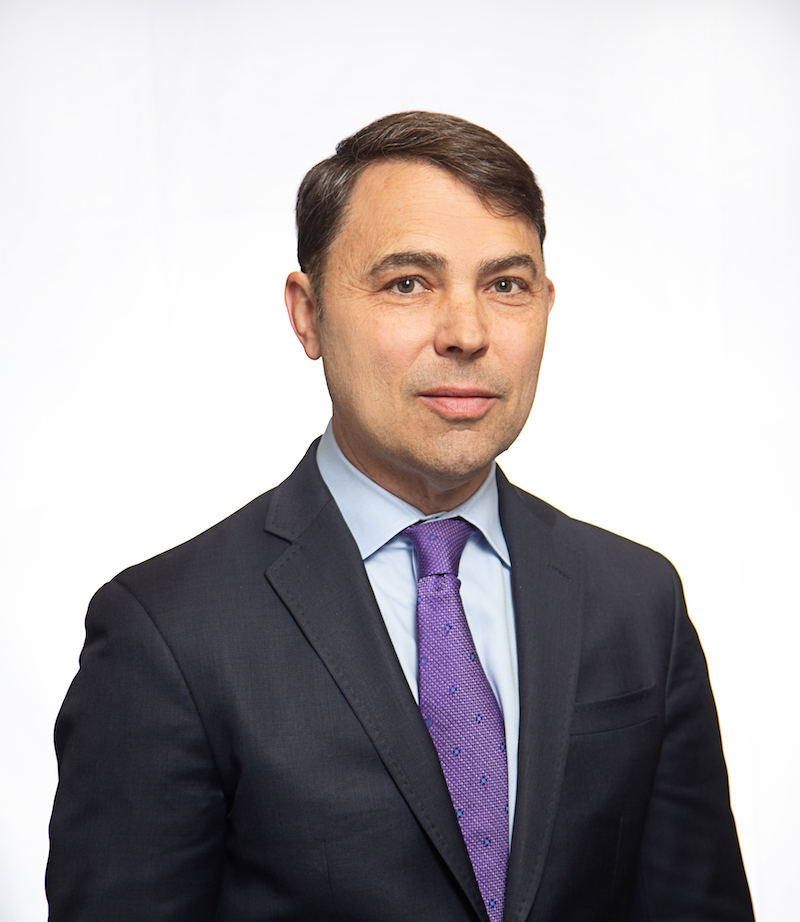
The new vision starts at the top, where in February 2022 Tom Britton, DrPH, a 30-year industry veteran, was appointed chief executive officer. Britton arrived from the Chicago-based nonprofit Gateway Foundation, where he was president and CEO. Britton, who got his start as an addiction and crisis therapist at Blue Ridge Community Health Center in North Carolina, has extensive clinical and executive experience; he has served on the board of directors of the National Association of Addiction Treatment Providers (NAATP) and had a leadership role at behavioral health provider CRC Health. He holds a doctorate in Public Health/Executive Management from the University of North Carolina and master’s degrees in addiction counseling and marriage and family therapy from Appalachian State.
“I’ve had a lot of success in helping organizations that have gone through a difficult time to really evaluate their fundamentals, reorganize themselves, build a world-class clinical product, a world-class staff experience, and then grow exponentially,” says Britton. “That’s where we are right now.”
And that forward-looking vision has support from the top. “As the board chair of American Addiction Centers, I am excited and optimistic for the future of our organization,” says Bowen S. Diehl, who was named chair in December 2020. “AAC is uniquely positioned to become the leading provider of evidenced-based treatment, and we will set the standard for high-quality care in the industry.”
A Fast Rise, and Growing Pains
AAC, headquartered in Brentwood, Tenn., was founded in 2011 by Michael Cartwright, who had operated treatment programs in Tennessee since the mid-1990s. AAC built state-of-the-art facilities in markets such as Las Vegas, Southern California and Florida, looking to become a national brand that could draw clients from all parts of the country. Its launch was well-timed: The 2012 passage of the Affordable Care Act meant that almost overnight, every insurance plan was required to provide benefits for substance use treatment. In that climate, AAC generated substantial revenue and grew rapidly. In 2014, it became the first addiction treatment provider to be publicly traded.
“AAC wanted to grow; they were ambitious. And I think we’d all recognize, overstretched a little bit.”
—Stephen Ebbett, chief digital and marketing officer
But as the company grew and drew high-profile investors, some of that startup mentality remained, and it was slow to adapt to a rapidly shifting landscape. Through the 2010s, the industry saw a proliferation of players strategically entering the market, creating strong competition. AAC also remained predominantly out-of-network even as employers and patients alike were increasingly showing preference for in-network models. In addition, the company had based its patient recruitment strategy on a national model and lacked a regional footprint or much local brand awareness in places where it had facilities. That was particularly problematic after Google changed its algorithm to push local results to the top of searches, dealing AAC’s national strategy a blow. “All of that really degraded the ability to maintain a census level that funded the organization,” Britton says.
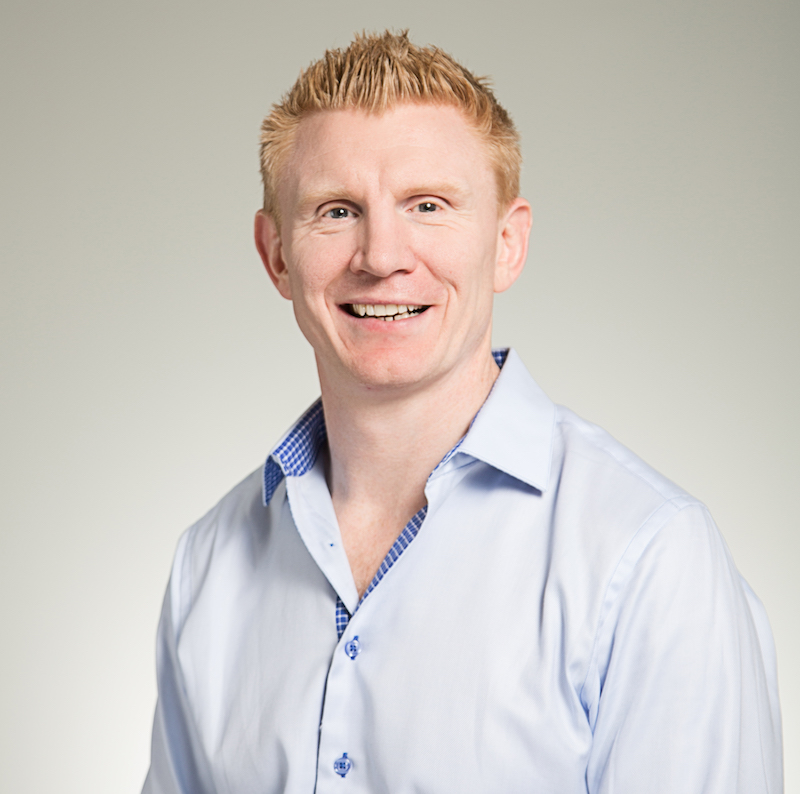
Inevitably, the company ran into financial difficulty. “AAC wanted to grow; they were ambitious,” says chief digital and marketing officer Stephen Ebbett, who joined the company in 2018. “And I think we’d all recognize, overstretched a little bit with the debt that we took on to potentially fuel that growth.”
The June 2020 Chapter 11 filing was the catalyst for a complete reset. Interestingly, AAC’s lenders showed faith in what Ebbett calls “the underlying bones of the platform” and in the company’s financial viability. They took the unusual step of turning that debt into equity, and AAC is now privately owned by its former lenders. (Cartwright no longer has any operational, board-level or financial involvement in the company.) The financial restructuring, says Britton, “positioned us to really take the next step in our own evolution.”
New Philosophy, New Strategies
That evolution has taken the form of a strategic reorientation, focusing on several aspects of the company’s operation.
One key step was to embrace the in-patient payer model, a shift that Ebbett was instrumental in guiding. “When we went out into the market strategically, we found quite a receptive group of payers to our applications to go in-network,” he says. “As they did their due diligence and assessed our applications, we were able to move through those applications very quickly because of the quality of the level of care that we provided. It was a lot of contractual work and operational discipline to get there, but we were able to make that transition over about a 12- to 18-month period.” Britton says AAC is now more than 90% in-network, “with almost every single major player in every market.”
“Ten years ago, it was very much a provider referral system. Most patients were referred by a professional or a friend. Today it’s more half-and-half—about half the people are making choices from home, from the armchair.”
—Tom Britton
Another important shift was from the predominantly national model to an increasingly focused regional one. The new AAC would more strongly cultivate a client base in the markets where it had a footprint. “We had a lot of people who flew to treatment,” Britton says of the past strategy. Now, he notes, “Our entire sales and marketing strategy is recognizing that when people want care, they want to go close enough that their mom can come, their wife can come, their kids can come and be a part of that recovery experience.”
The CEO notes a significant evolution in how people come to treatment facilities. “Ten years ago,” Britton says, “it was very much a provider referral system. Most patients were referred by a professional or a friend. Today it’s more half-and-half—about half the people are making choices from home, from the armchair.”
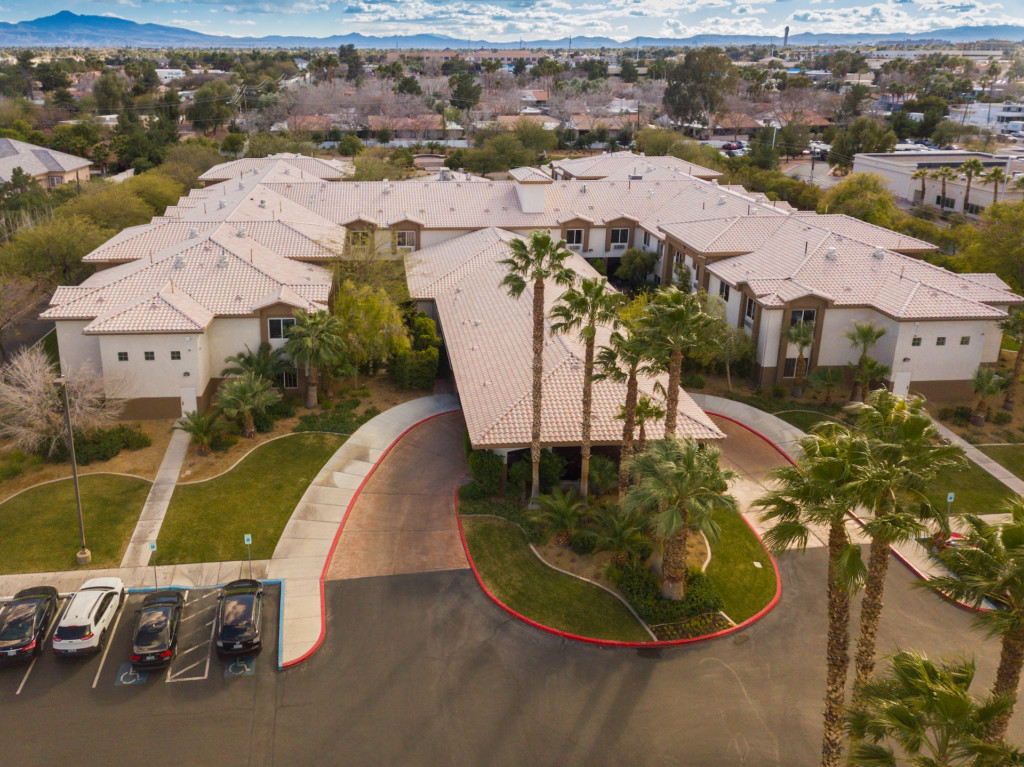
He continues: “Part of our job has been, we want to be a local resource. Using Las Vegas as a market, within Nevada we want people to think about Desert Hope as the program of choice. The question was, How do we position ourselves for messaging? How do we do it on the internet? How do we do it with our sales representatives? Five years ago, if you had gone to Laguna [Calif.], for example, where we have a hospital, and asked somebody where the nearest addiction treatment center was, I don’t think most would have even known that the center was there. And today I think that they would.”
“Part of the next 12 to 36 months for this organization is going to be a very aggressive proliferation of outpatient services, both virtual and physical. We want to be able to treat people where they are, and we want to create a continuum of care for those who do come to our facilities.”
—Tom Britton
Adds Ebbett: “We really haven’t changed our footprint—it was a change in philosophy, in the way that we deployed our marketing efforts and educated potential patients and got ourselves a more prominent focus in the local communities, surrounding the kind of 300- to 500-mile radius around our facilities.” Another priority, in addition to the payer model and the marketing strategy, is to grow AAC’s outpatient footprint. “With the introduction of MAT [medication-assisted treatment] and virtual services, more patients are able to be safely treated in an outpatient setting than used to be—we just have more tools.”
Noting that much of AAC’s care has traditionally been facility-based, Britton says, “Part of the next 12 to 36 months for this organization is going to be a very aggressive proliferation of outpatient services, both virtual and physical. We want to be able to treat people where they are, and we want to create a continuum of care for those who do come to our facilities.”
Engaging the Client
As it reorients its operations, AAC is also placing strong emphasis on the patient experience. Britton notes the importance of measuring both client outcomes and client satisfaction, as one affects the other. AAC surveys patients on their experience, asking questions such as, Do they have enough group? Do they have enough individual treatment? Do they see the doctor enough? Do they like their clinician?
Early on, Britton has been particularly focused on how long patients stay in treatment and why they might leave early, against medical advice. “In my first three weeks, we launched a very aggressive campaign to reduce the number of people that leave early,” he says. Dedicated staffers now walk the campuses or facilities, getting to know patients and engaging with them to address issues that might put them at risk of leaving treatment. “We’ve already seen statistically meaningful increases in the length of time that patients stay by their own choice,” Britton says. “We’re also finding a large number of people that I think would have walked out had we not intervened. Those are some of the things we as professionals can do to try to understand what will make people more successful.”
“[Client feedback] has helped us hear the voice of our customer and drive improvement. And it’s given those doing that detailed research a voice of the customer so that they can understand from the ground up what an experience of attending an AAC program is like.”
—Stephen Ebbett
Ebbett points out that a successful and satisfying patient experience creates an important “feedback loop” in the digital era. As people seek to make informed decisions on addiction care for themselves or a loved one, he notes, they’re turning to user-generated content like online reviews, forums and social media. “The internet has made consumers very savvy,” Ebbett says. “They read reviews and look at star ratings. They’ll look at Yelp and at Facebook and Instagram to form a more rounded decision, based on what the company is saying and what patients are saying.” AAC, Ebbett says, has placed an emphasis on hearing the voice of its patients and making operational and clinical changes based on that feedback—from adding engaging activities such as fitness programs during downtime to offering wider dietary choices such as vegan options. “Those types of simple things have really helped to create an improved patient experience,” Ebbett says. “What we’re very focused on is meeting our patients where they are, and if they have specific requests, let’s see if we can address them and make that experience as strong as possible.”
The benefits of such feedback are twofold. “One, it’s helped us hear the voice of our customer and drive improvement,” Ebbett says. “And secondly, it’s given those doing that detailed research a voice of the customer so that they can understand from the ground up what an experience of attending an AAC program is like.”
Building a Strong Team
Along with the operational and patient elements, the new-era AAC is focused on building out a strong team of treatment professionals, from the C-suite down to the clinicians and support staff inside facilities.
In June, Britton brought in David Hans, PsyD, as chief clinical officer to oversee AAC’s treatment operations and look for ways to improve it. “I wanted to hire somebody who would really own the clinical product,” says Britton. “Part of what David is doing is working throughout the entirety of the pipeline of client relationship and engagement, from when we get the first phone call to when they leave the facility to after they leave the facility.”
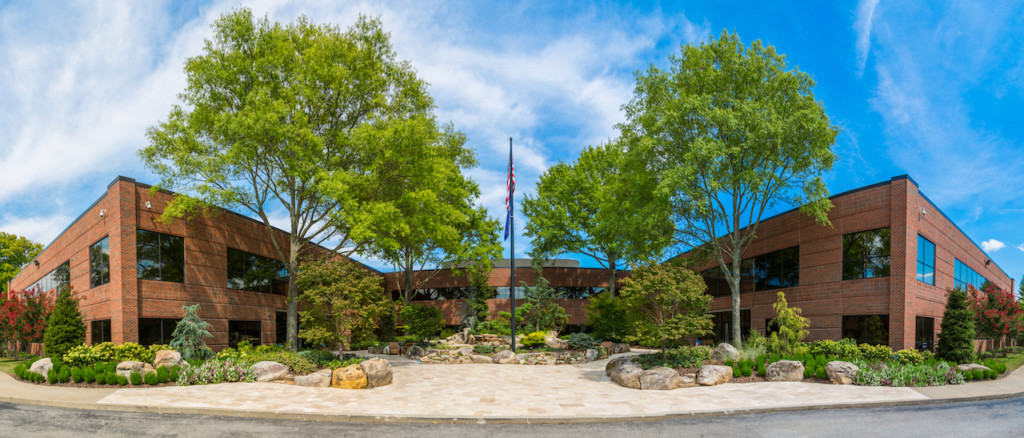
Britton is also actively recruiting a chief operating officer. “Prior to my coming,” he says, “the CEO had managed everybody at the corporate level and the field level. When we have too many reports, we don’t do anything as well as it should be done. My vision for that person is to be a resource to our CEOs out in the field, to help them be as successful as possible in building and managing the right operational cadence. Because the better we do our operations, the better the experience is for our staff and our clients.”
Speaking of staff, Britton acknowledges that AAC faces the same challenges as the industry as a whole. He has brought in a new senior talent acquisition director to redesign and centralize AAC’s recruitment, and has enlisted Press Ganey on staff engagement to listen to employees, improve their experience and retain them.
“In this field, ultimately, what keeps people is the why—you know, why am I here?” Britton says. “This is a very mission-driven workforce, and if we can communicate and help them find their why, their wanting to be here will increase. And then word will spread that this is the kind of organization I want to be a part of, because I believe in the mission.”
Projecting the Right Image
One sensitive matter that Britton has had to address is the reputational issue lingering from the past. Britton is upfront in acknowledging the matter.
“AAC is now in completely new hands. … My personal legacy and experience has all been about integrity, values, outcomes and quality clinical care.”
—Tom Britton
“Overcoming that perception is not a simple thing,” he says. “From an ownership and leadership standpoint, AAC is now in completely new hands. If you look at my background with NAATP and Gateway Foundation and CRC Healthcare, my personal legacy and experience has all been about integrity, values, outcomes and quality clinical care.”
All of AAC’s websites, for instance, are now clearly labeled as such. If someone searching for addiction and treatment information on the internet comes across AAC-owned Rehabs.com, it’s transparently labeled an American Addiction Centers site at the top and carries prominent AAC branding on each page. AAC facilities and other sponsored entries that turn up in searches are also clearly indicated as such.
But, as Britton notes, the site also functions as a storehouse of information on addiction and recovery, with a dedicated team of eight writers and a medical physician producing content related to substance use. “It’s one of the biggest repositories of addiction-related educational material on the internet,” Britton says. “Part of what that is doing is helping us to stand out as a center of excellence. But it is also providing communities with resources that are valuable to them.”
It’s all meant to position AAC as a trusted provider of effective, evidence-based addiction treatment, with a focus on ethical marketing and the patient experience.
Forward Thinking
So, where is AAC now, and where is it headed? “We have a healthy census, we have healthy financials, and we’re making key investments right now that are going to make us much stronger,” Britton says. “Our board of directors has been very supportive to me personally, to say, we believe in the mission of AAC, and we believe in investing in the organization. I’m investing into things that we will not realize for a year or two, because I’m not just building this program for the next year. We’re building it for the long term.”
What might those investments look like? “For the short term we’re looking at all of our existing markets and optimizing or adding outpatient services within those specific catchment areas. The second stage is analyzing, where we do get our calls from that we can’t serve, that we have to refer somewhere else? Where do we discharge our clients to a place where we don’t have outpatient treatment, and where is there unmet need? Those ingredients are really what Stephen and I are working on, to determine that next stage—where should we put outpatient housing, outpatient treatment.”
“In the increasingly digital age we all live in, I think there’s a fantastic opportunity to continue long-term care through telehealth.”
—Stephen Ebbett
Britton is also looking at AAC facilities that may be underutilized and could be reoriented to better meet treatment needs. “One of the things I did in my last organization is to develop specialty programming that was the right service for somebody who was not being met—things like alcohol-only programs, MAT specialization, trauma specialization. That is the other piece of where we are working to innovate at both our sober-living environments and our facility-based environments—what are ways we can have targeted treatment approaches for people that are not getting their needs met?”
Telehealth offers another approach to meeting people where they are. “There is a portion of customers where telehealth is appropriate to their lifestyle, schedule or family commitments,” Ebbett says. “In the increasingly digital age we all live in, I think there’s a fantastic opportunity to continue long-term care through telehealth. We already have an app for our alumni, which has been extremely well-received. It provides a digital support community for them to keep in contact with peers they were in treatment with and alumni who they can lean on and who can be an inspiration for them. That’s really inspired me as to the potential our digital assets could have to play a part in our mission, and in helping people come to long-term recovery.”
“I have tremendous optimism for this organization and what it can achieve. We have a tremendous portfolio of existing services, we have strong financial backing, and we can really optimize and launch this organization to be one of the leading providers in the country.”
—Tom Britton
Overall, both Ebbett and Britton see a bright future. “We’ve had some challenging times,” Ebbett says, “but through the restructuring process and and the pandemic and organizational change, there has been a strong core of the company that stayed together, because they care deeply about our mission and our patients. We are very fortunate to have such a dedicated and caring workforce. As I think about AAC today, it is very focused. Compared to when I joined, it’s a much more disciplined and sophisticated operation.”
Says Britton: “I have tremendous optimism for this organization and what it can achieve. I feel that we’re sitting in a position right now that few companies, our size especially, have an opportunity to do. We have a tremendous portfolio of existing services, we have strong financial backing, and we can really optimize and launch this organization to be one of the leading providers in the country. And I’m very excited about that.”


